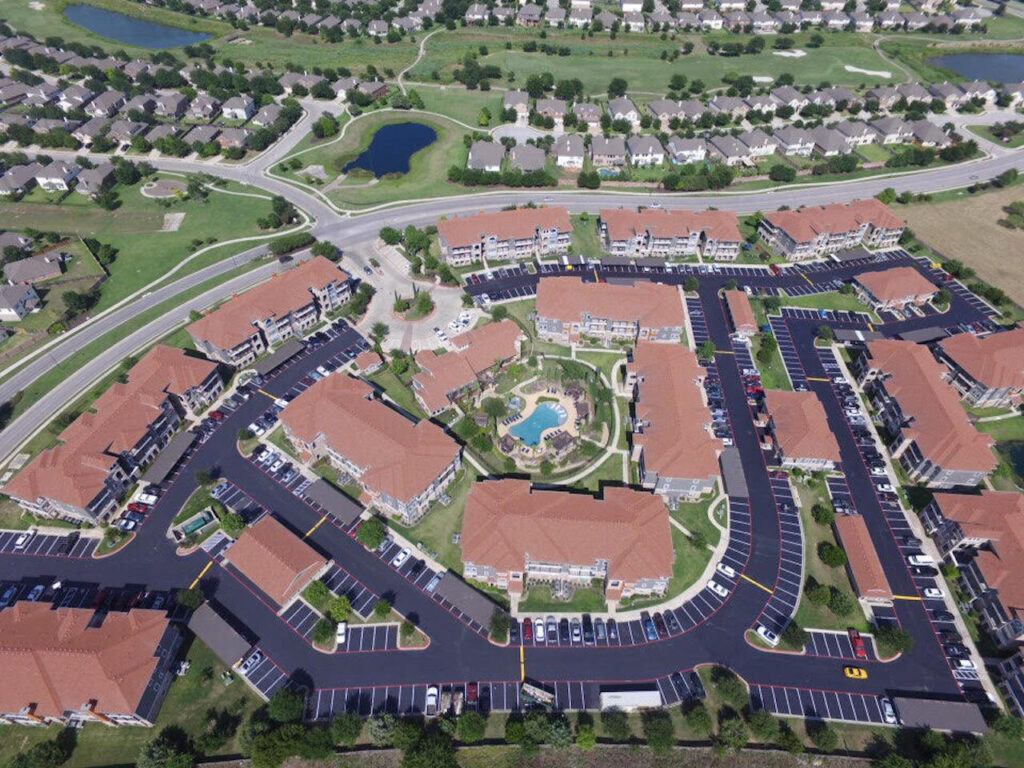Key Takeaway:
Purpose of Sealing Asphalt: Sealcoating and slurry sealing are essential methods for protecting asphalt from aging, UV radiation, weather, and vehicle wear.
What is Slurry Sealing? A slurry seal resurfaces worn asphalt, offering better traction and a revitalized surface, especially for high-traffic roads. It’s thicker, lasts up to 10 years, but takes longer to cure and costs more.
What is Sealcoating? Sealcoating is a smoother, protective layer primarily for parking lots and driveways, preventing UV damage and water penetration. It cures faster, lasts 3-5 years, and is more affordable than slurry sealing.
Key Differences: Slurry seal uses larger aggregates for better traction and is suited for high-speed roads, while sealcoating is ideal for low-speed areas like parking lots and driveways.
Choosing the Right Method: The right sealing method depends on traffic type, pavement condition, and budget. Alpha Paving offers expert guidance and free inspections to determine the best solution.
What Sets Sealcoating Apart from Slurry Sealing?
Keeping your asphalt pavement in well-maintained condition is vital to prolonging its usefulness. Asphalt will begin to age as soon as your contractor finishes installing it. Oxidation starts immediately, exposure to UV radiation will cause deterioration, and a variety of weather conditions will also inflict wear on the asphalt. Traffic and the fluids that drip from vehicles will take a toll as well. The best defense to protect the asphalt surface and its underlying structure is to perform an asphalt sealing procedure periodically. Slurry seals and sealcoat are the two primary methods that contractors use to seal asphalt pavements.
What Are Slurry Seals?
The application of a slurry seal is a preventive maintenance measure that resurfaces an existing asphalt pavement that has begun to show wear and age but do not confuse a slurry seal with an overlay, which is a very different procedure.
- The underlying structure of the pavement must be sound for a slurry seal application to achieve its intended purpose.
- Asphalt contractors must repair cracks and other pavement damage before applying a slurry seal.
- A slurry seal consists of asphalt emulsion, aggregates, water, and any additives necessary to complete a mix suitable for the specific job requirements.
- Slurry seal is a thick solution that is primarily for use on streets and roads where traffic is heavy or moving at high speed.
- A slurry seal produces a revitalized protective surface that prolongs the life of the pavement beneath it.
- Because of the size of the aggregates in a slurry seal, the surface will be rougher and have better vehicle traction than a pavement with a traditional seal coat.
- Curing time is generally at least eight hours.
- A slurry seal can last for up to 10 years.
- A slurry seal will cost more than a seal coating.
What Is a Sealcoat?
Sealcoating is a preventive maintenance measure that adds a protective layer of material to an asphalt pavement surface to help keep it waterproof and protect it from the sun’s damaging UV rays. A sealcoat also helps prevent vehicle fluids from entering and damaging the interior structure of the pavement.
- The sealcoating contractor must fill cracks and make other repairs to the pavement before applying a sealcoat.
- The sealcoat material contains a liquid asphalt emulsion, an aggregate, and additives to enhance its performance.
- Most asphalt companies use silica sand for the aggregate when mixing seal coat, so particles are significantly smaller than the aggregates in a slurry.
- Sealcoating is better for parking lots, driveways and other pavements bearing low-speed, relatively lightweight traffic.
- A sealcoat provides a smooth, visually appealing surface.
- Curing time is generally two to four hours.
- Pavements typically need a new application of seal coat every three to five years.
- Sealcoat usually costs about half as much as a slurry seal.
A complimentary inspection by the professionals at Alpha Paving can help you decide which sealing method is appropriate for your pavement. We are based in Round Rock, Tx and one of the most highly respected asphalt contractors in Central Texas. We offer asphalt paving and repairs, road construction, sealant applications, street maintenance, thermoplastic pavement markings, concrete installation, parking lot striping, speed bump installation, and parking lot signs. We frequently provide our services to municipalities, educational facilities, subdivisions, health care facilities, counties, industrial facilities, apartment complexes, restaurants, airports, shopping centers, property management firms, and hotels.
We offer free job quotes, so call our office at 512-677-9001 or fill out the online request form.




